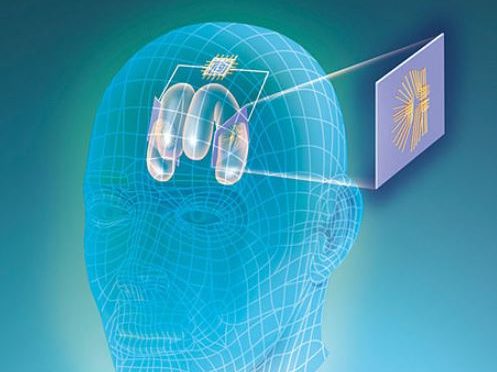Scientists have demonstrated the successful implementation of a prosthetic system that uses a person’s own memory patterns to facilitate the brain’s ability to encode and recall memory, an important step towards finding a way to restore memory loss.In the pilot study, published in the Journal of Neural Engineering, the researchers found that short-term memory performance of the participants showed a 35 to 37 per cent improvement over baseline measurements.
“This is the first time scientists have been able to identify a patient’s own brain cell code or pattern for memory and, in essence, ‘write in’ that code to make existing memory work better, an important first step in potentially restoring memory loss,” said the study’s lead author Robert Hampson, Professor at Wake Forest Baptist Medical Center in North Carolina, US.
The study focused on improving episodic memory, which is the most common type of memory loss in people with Alzheimer’s disease, stroke and head injury.
Episodic memory is information that is new and useful for a short period of time, such as where you parked your car on any given day.
Reference memory is information that is held and used for a long time, such as what is learned in school.
The researchers enrolled epilepsy patients at Wake Forest Baptist who were participating in a diagnostic brain-mapping procedure that used surgically implanted electrodes placed in various parts of the brain to pinpoint the origin of the patients’ seizures.
Using the team’s electronic prosthetic system based on a multi-input multi-output (MIMO) nonlinear mathematical model, the researchers influenced the firing patterns of multiple neurons in the hippocampus, a part of the brain involved in making new memories in eight of those patients.
First, they recorded the neural patterns or ‘codes’ while the study participants were performing a computerised memory task.
The patients were shown a simple image, such as a colour block, and after a brief delay where the screen was blanked, were then asked to identify the initial image out of four or five on the screen.
In this test, the patients’ episodic memory performance showed a 37 per cent improvement over baseline.
In a second test, participants were shown a highly distinctive photographic image, followed by a short delay, and asked to identify the first photo out of four or five others on the screen.
When stimulated with the correct answer codes, study participants showed a 35 per cent improvement in memory over baseline.
“We showed that we could tap into a patient’s own memory content, reinforce it and feed it back to the patient,” Hampson said.
IANS
Picture source: Alamy Image
